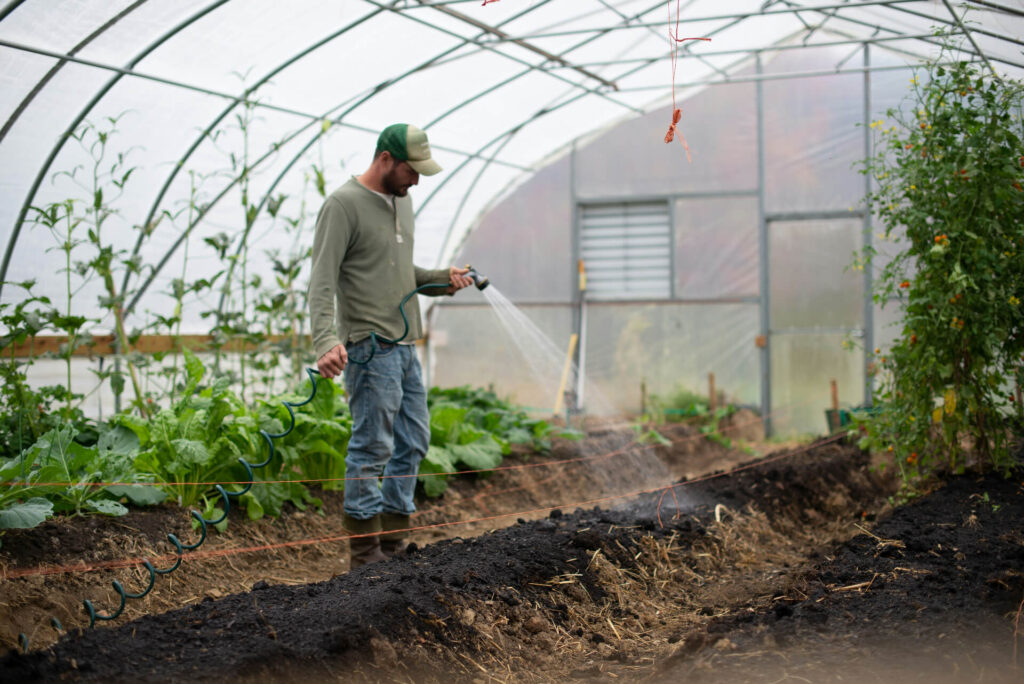
Small-scale farmers play a vital role in global food production, particularly in developing countries where they contribute to the majority of agricultural output. However, these farmers often face significant challenges related to water availability, which is essential for crop growth. In regions with unpredictable rainfall, limited access to irrigation systems, or depleting groundwater, ensuring a consistent water supply becomes a major hurdle. To address this, innovative water storage solutions are emerging as a key strategy to help small-scale farmers improve crop yields and ensure sustainable farming practices.
The Importance of Water for Small-Scale Farming
Water is the cornerstone of agricultural productivity, as crops depend on it for proper growth and development. Small-scale farmers, especially those in regions with irregular rainfall patterns, are at a higher risk of crop failure due to water shortages. Traditional irrigation methods, such as open canals or manually operated wells, are often inefficient, costly, or difficult to access for smallholder farmers. Without a reliable water storage solution, these farmers are vulnerable to droughts, fluctuating weather patterns, and water scarcity, which can lead to lower productivity and financial instability.
Innovative water storage systems offer a promising solution by enabling farmers to collect, store, and efficiently manage water for their crops. These systems can help farmers overcome water-related challenges, reduce dependence on erratic rainfall, and provide a more reliable source of irrigation.
Types of Innovative Water Storage Solutions
Rainwater Harvesting Systems Rainwater harvesting is one of the most cost-effective and environmentally friendly solutions for small-scale farmers. By capturing rainwater from rooftops, fields, or other surfaces and storing it in tanks or underground reservoirs, farmers can create a valuable water source for irrigation during dry spells. This method is especially useful in regions with seasonal rains, allowing farmers to store water during the rainy season for use during the dry season. Simple rainwater harvesting systems are easy to install, require minimal maintenance, and can be tailored to the size and needs of the farm.
Water Storage Tanks Water storage tanks are an increasingly popular solution for small-scale farmers who face water scarcity. These tanks, made from materials such as plastic, metal, or concrete, can be used to store harvested rainwater or water from other sources like wells or streams. With a variety of sizes and designs available, water storage tanks can be placed near fields to reduce the distance for irrigation. Farmers can fill these tanks during the rainy season and rely on them during times of drought or when access to other water sources is limited.
Ponds and Small Reservoirs Constructing small ponds or reservoirs is another innovative method of water storage for small-scale farmers. These ponds can be built on farm land to collect and store rainwater or water from nearby streams and rivers. In addition to serving as a water source, ponds also offer additional benefits such as providing habitat for fish and enhancing biodiversity. Water stored in ponds can be used for crop irrigation, especially for water-intensive crops like rice. This solution works best in areas with adequate land and natural water sources.
Check Dams and Contour Bunds Check dams and contour bunds are small-scale water storage systems designed to slow down the flow of water and allow it to seep into the ground. Check dams are built across small streams or rivulets to create temporary reservoirs, while contour bunds are embankments constructed along the contours of sloping land to capture runoff water. These solutions not only conserve water but also help prevent soil erosion and improve soil fertility, which is beneficial for crop growth.
Solar-Powered Water Storage Systems In areas with abundant sunlight, solar-powered water storage systems are gaining popularity. These systems use solar panels to pump water from underground reservoirs or nearby water sources into storage tanks. By utilizing renewable energy, solar-powered systems offer a sustainable, cost-effective way for small-scale farmers to store and manage water. These systems are especially useful in off-grid areas where access to electricity is limited, enabling farmers to irrigate their crops even in remote locations.
Conclusion
Innovative water storage solutions are transforming the way small-scale farmers approach water management, helping them overcome water scarcity and improve their agricultural productivity. By implementing systems like rainwater harvesting, water storage tanks, ponds, check dams, and solar-powered solutions, farmers can ensure a steady and reliable supply of water, even during dry spells. These systems not only promote water conservation but also improve crop yields, enhance food security, and increase the resilience of farming communities to climate change. As these solutions become more accessible and affordable, they hold the potential to empower small-scale farmers, boost their livelihoods, and contribute to more sustainable agricultural practices.


